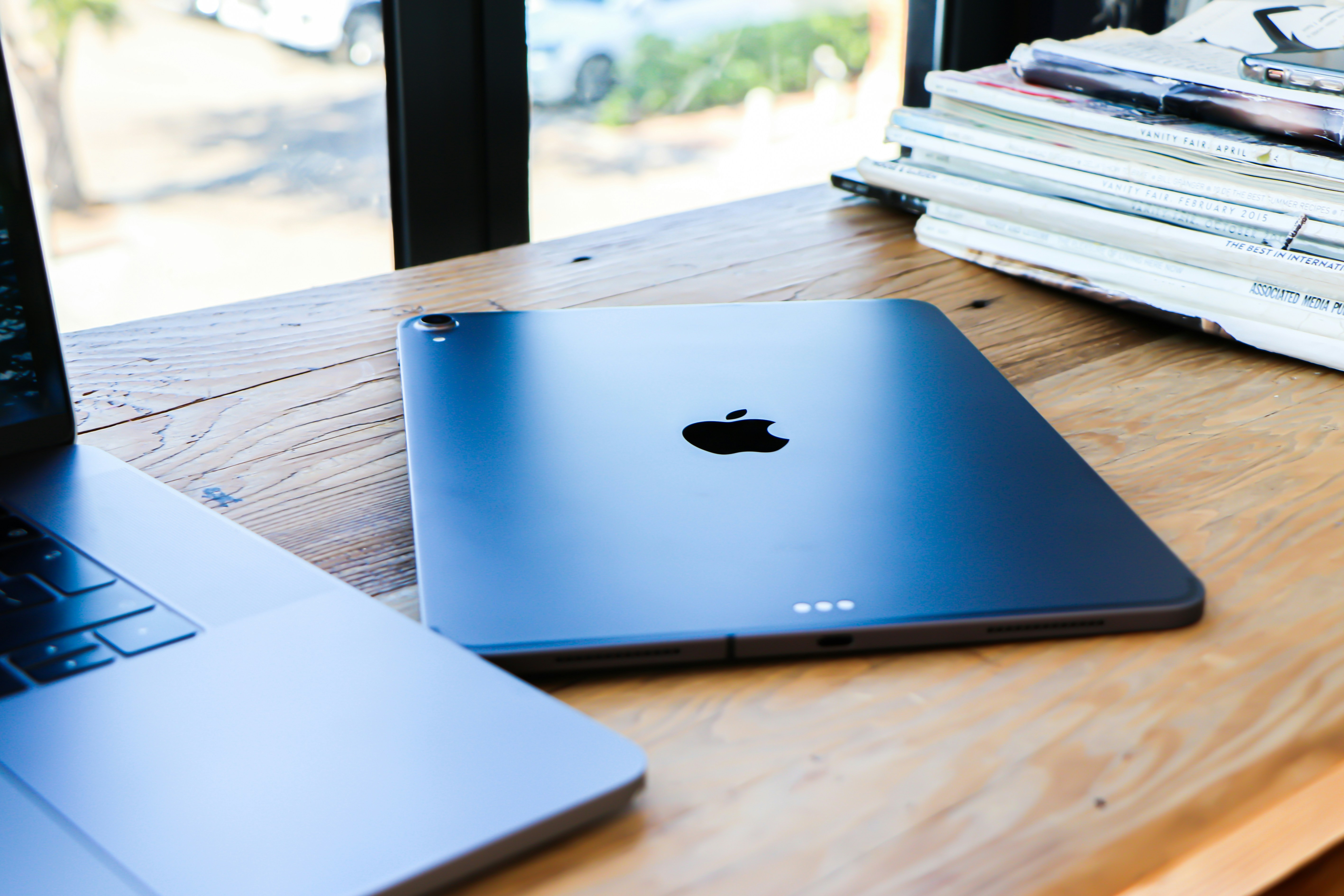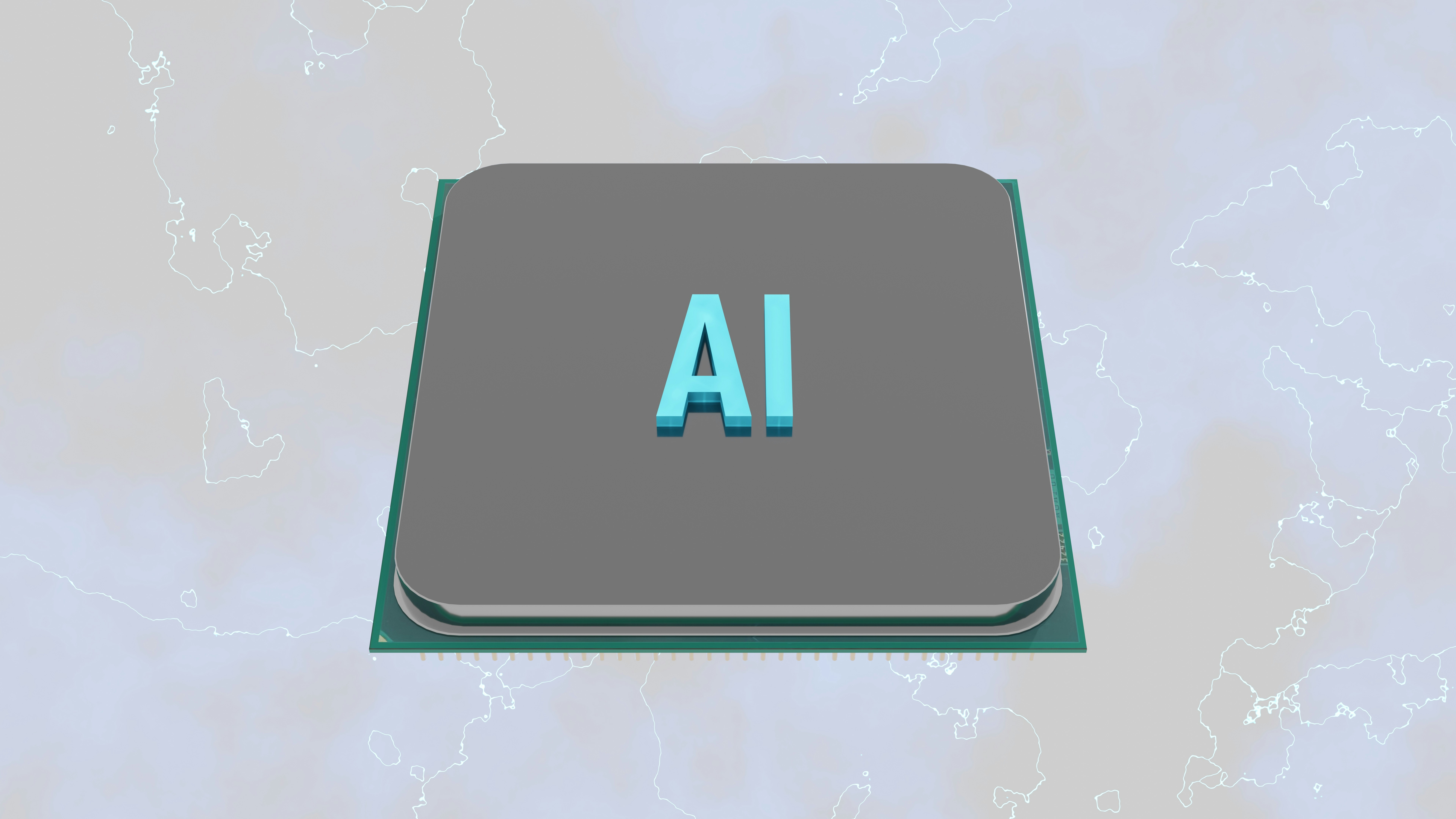
Introduction to Apple’s iPad Transformation
The recent advancements in Apple’s iPad line signal a pivotal shift in the company’s approach to device functionality, positioning the iPad as a competitive alternative to traditional Mac computers. This transformation is a strategic response to evolving consumer needs, marked by the growing demand for versatility in personal computing. By integrating features that enhance productivity and streamline usability, Apple aims to blur the lines between tablets and laptops, thereby establishing the iPad as a formidable contender in the realm of computing devices.
Key innovations include the introduction of powerful processors, enhanced operating systems, and accessory support that mirrors laptop functionalities. The latest iPad models now boast capabilities that allow for efficient multitasking, making them well-suited for both casual users and professionals who require robust performance. The addition of features such as improved compatibility with external displays and advanced productivity applications reflects Apple’s dedication to providing an all-in-one solution for users seeking a portable yet powerful device. These developments are significant, as they offer the flexibility of a laptop combined with the touch interface of a tablet, appealing to a diverse audience.
This strategic direction aligns with broader trends in the tech industry, where the distinction between laptops and tablets is increasingly diminishing. The convergence of functionalities in Apple’s devices serves not only to enhance user experience but also to meet the dynamic demands of modern work environments. With remote work and digital collaboration on the rise, the importance of having a device that can seamlessly transition between roles cannot be overstated. Apple’s commitment to transforming the iPad into a Mac-equivalent device underscores its goal of ensuring that users can achieve maximum productivity, without compromising on portability or ease of use.
New Features and Capabilities of the iPad
Apple has significantly evolved the iPad, reinforcing its position as a formidable contender in the landscape of computing devices. The introduction of an upgraded iPadOS is a cornerstone of this transformation, providing users with a vastly improved experience. The new operating system brings features like enhanced multitasking capabilities, allowing users to run multiple applications simultaneously and facilitating an efficient workflow that mirrors that of more traditional computers.
In addition to software enhancements, the hardware specifications of the latest iPad models have seen notable improvements. Equipped with more powerful processors, such as the M1 chip, the iPad offers performance levels that challenge conventional laptops. This increase in processing power complements advanced graphics capabilities, making the device suitable for more demanding applications, including video editing and graphic design.
The integration of accessories, particularly the Magic Keyboard, has further transformed the iPad into a laptop-like device. This accessory provides a comfortable typing experience and includes a trackpad, which broadens the functionality of the iPad. With the ability to utilize a full-sized keyboard and trackpad, users can navigate and manage applications more fluidly, enhancing productivity on the go.
Moreover, Apple’s commitment to improving application performance on the iPad cannot be overstated. Many iPad apps have been optimized for the latest hardware and software, ensuring smoother operation and increased efficiency. These advancements enable users to tackle complex tasks that were previously reserved for Mac computers, evidencing Apple’s vision of transforming the iPad into a versatile and capable device.
Ultimately, with these enhancements, the iPad is no longer just a tablet but a powerful device suitable for a comprehensive range of professional and personal tasks, bridging the gap between traditional computing and portable convenience.
Impact on Users and the Work Environment
With Apple’s recent innovation transforming the iPad into a device that rivals traditional Mac computers, significant impacts on both casual users and professionals are becoming increasingly evident. The capacity for the iPad to function as a primary computing device heralds a new era in which users can experience enhanced portability without sacrificing productivity. For casual users, this shift enables seamless transitions between personal and professional tasks, fostering a more integrated and efficient lifestyle.
Businesses have also recognized the advantages of leveraging the iPad to streamline workflows. For instance, companies operating in dynamic environments, such as event management, are utilizing iPads for real-time data entry and communication, allowing teams to collaborate more effectively. The lightweight design of the iPad, combined with its powerful applications, enhances mobile work capabilities, leading to improved responsiveness in ever-changing work situations. Early adapters have noted increases in productivity levels and adaptability in their daily operations. This ability to shift effortlessly between various tasks signifies a monumental change in how work is conducted.
However, the transition to leveraging the iPad as a primary computing device is not without challenges. Users may encounter difficulties related to software compatibility or a learning curve associated with new applications and features. Businesses, in particular, must ensure that all necessary applications are supported on the iPad to avoid any disruption to workflows. Furthermore, significant training may be required to assist employees in maximizing the iPad’s capabilities within their specific roles. Providing adequate resources and training sessions can help mitigate these challenges, fostering a successful transition to this all-in-one device.
As users become more familiar with the potential of the iPad, the techniques for overcoming initial obstacles will evolve, ultimately leading to a more fluid, productive work environment that embraces a new definition of efficiency.
Looking Ahead: The Future of Computing with Apple
As Apple continues to evolve the iPad into a formidable competitor against traditional laptops, the implications for the future of computing are profound. This bold transition not only positions the iPad as a viable Mac-equivalent device but also signals a potential shift in consumer expectations regarding performance and versatility. The integration of advanced features such as desktop-class applications and enhanced multitasking capabilities suggests that users may increasingly look towards tablets as primary computing devices.
In this competitive landscape, Apple’s innovation strategy appears poised to outpace other manufacturers. With the ongoing battle against established PC brands and emerging tablet competitors, the incorporation of features traditionally reserved for laptops is likely to redefine user experiences across the board. Companies such as Microsoft and Samsung may need to reassess their offerings as they navigate the dynamic shifts initiated by Apple’s recent advancements. As consumers become more accustomed to the seamless experience provided by multifaceted devices, they may find traditional separation between laptops and tablets less appealing.
Moreover, Apple’s long-term vision involves not merely expanding the capabilities of the iPad, but fostering a comprehensive ecosystem where hardware and software work symbiotically. Innovations like universal apps and cloud integration are anticipated to blur the lines between mobile and desktop computing further. Users can expect seamless transitions between devices, promoting enhanced productivity and convenience. The evolution of Apple’s iPad may also encourage other tech leaders to explore similar paths of convergence, which could ultimately enrich the technology landscape.
In conclusion, the trajectory of computing with Apple’s iPad transformation hints at a future where the distinctions between tablets and laptops are continually minimized. This evolution presents both opportunities and challenges within the industry, necessitating a thoughtful response from competitors while meeting the expectations of a more demanding consumer base. As such, the landscape of computing is on the brink of significant change, driven by innovation and user-centric design.


